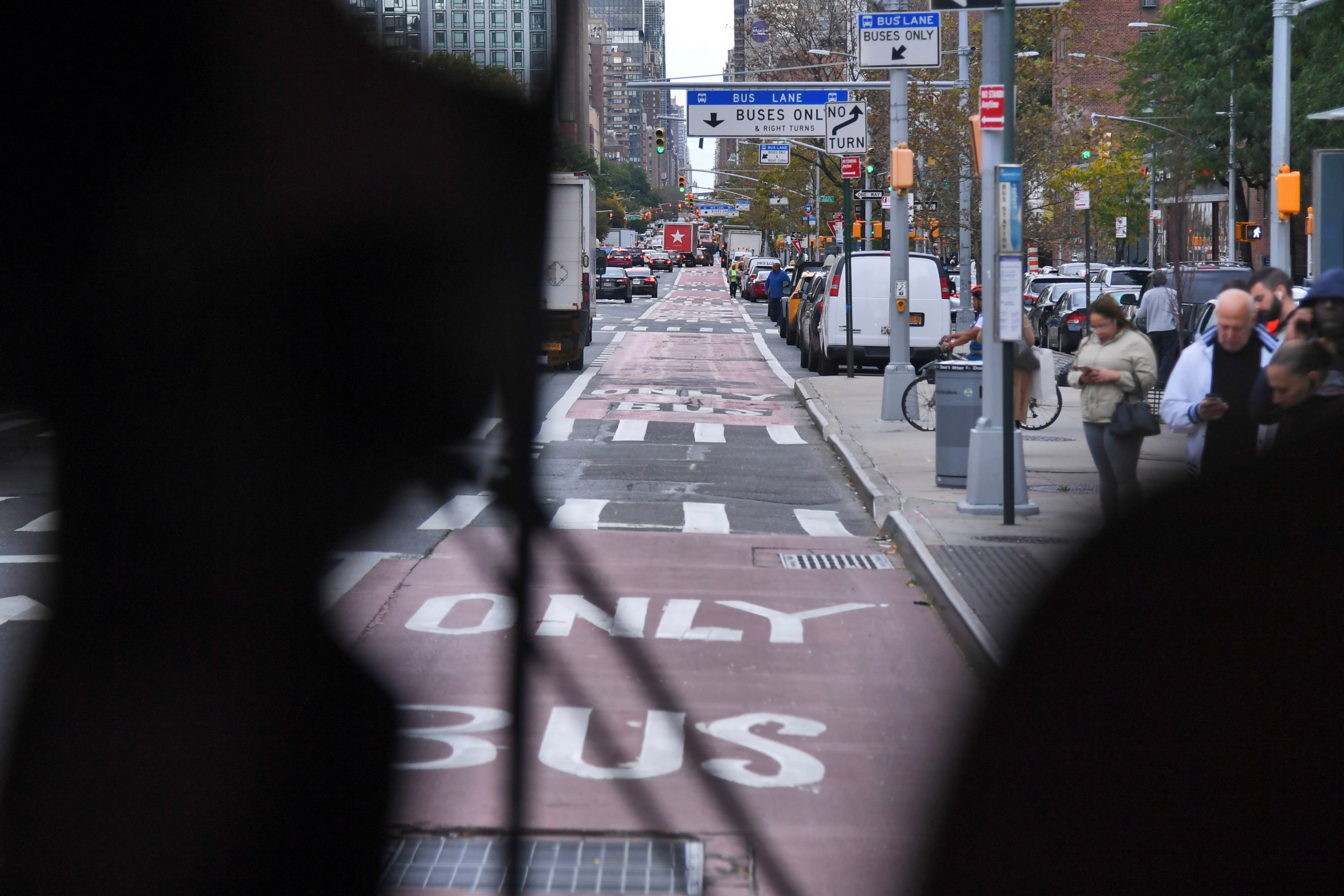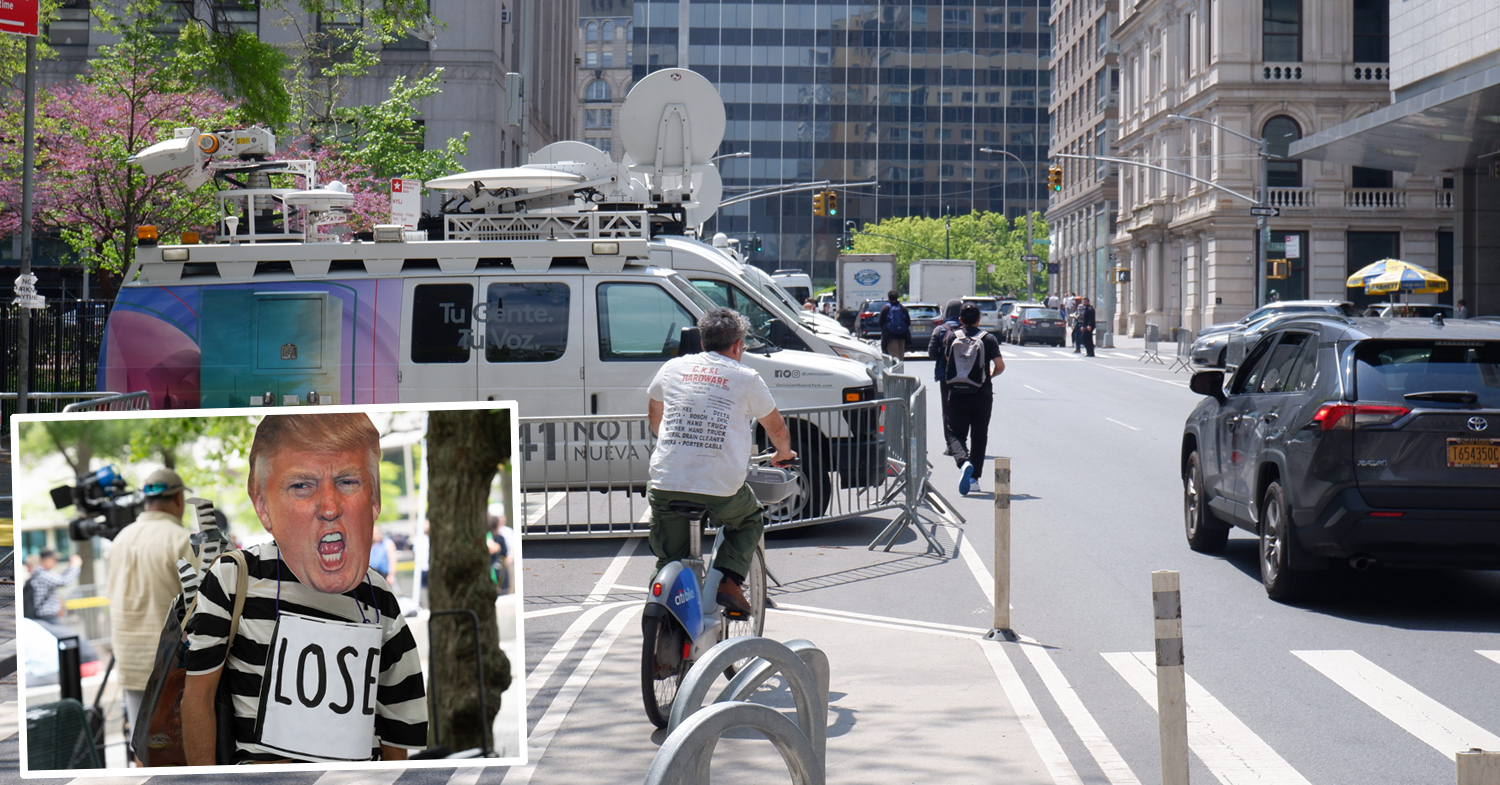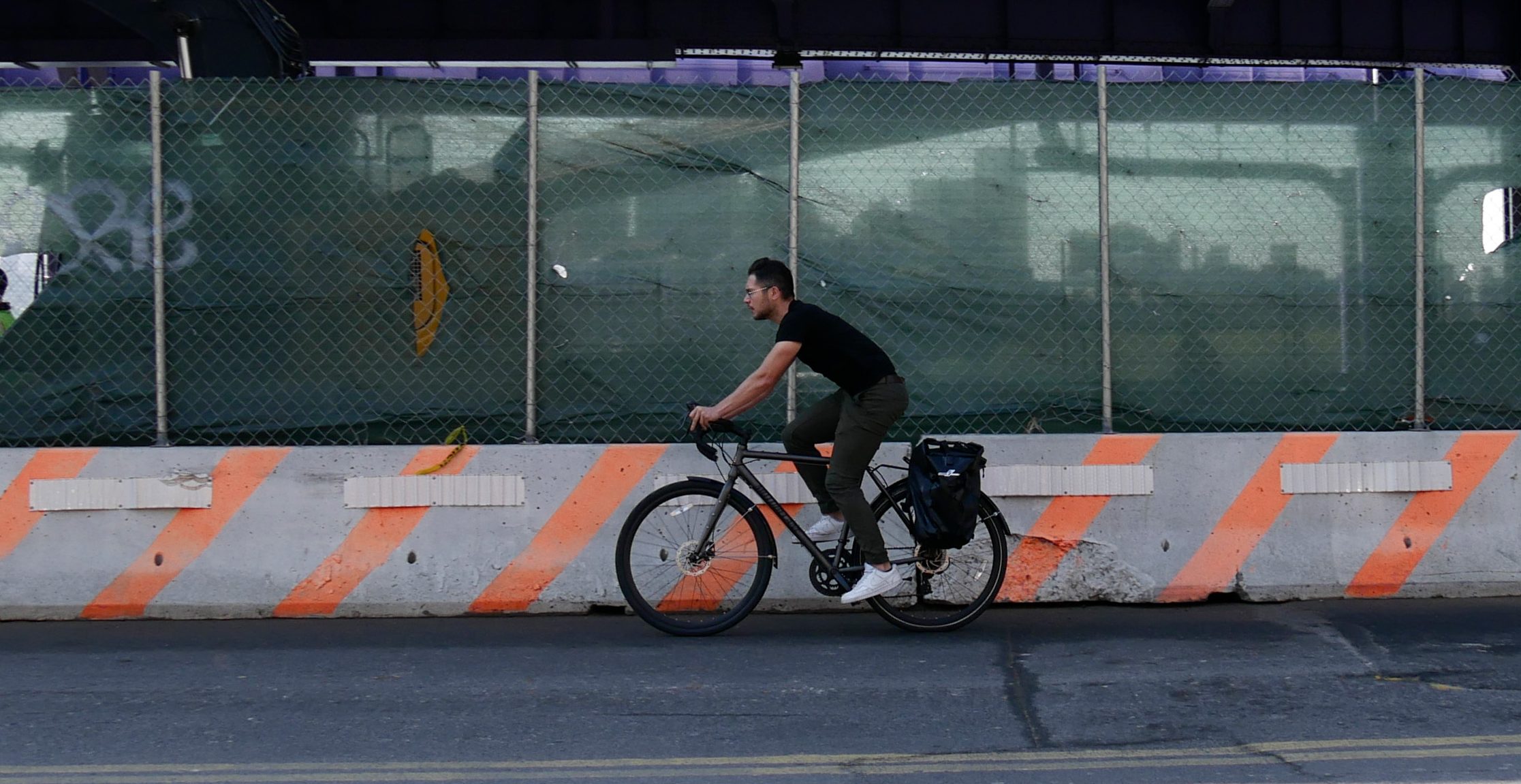 The Tribune reports that the Chicago Transit Authority is studying Cleveland's new Bus Rapid Transit service, called the Health Line, as it prepares to launch its own BRT lines next year.
The Tribune reports that the Chicago Transit Authority is studying Cleveland's new Bus Rapid Transit service, called the Health Line, as it prepares to launch its own BRT lines next year.
Four miles of the Health Line are currently operational along Euclid Avenue, a major downtown thoroughfare that was once packed with streetcars, buses and pedestrians. The route will stretch nearly ten miles when completed this October. With its sleek articulated buses, new stations, and improved trip times, the service aims to woo commuters out of their cars and onto transit:
The transit corridor is geared towardattracting professionals, many of them doctors and other health-careworkers who commute to a medical district anchored by the renowned Cleveland Clinic. Medical companies are paying the city's transit authority $12 million for the naming rights.
The challenge facing Cleveland -- and ultimately Chicago -- is how to set thenew service apart from the stereotype of bus travel as slow, outdatedand used mostly by society's have-nots.
"In Cleveland, suits don't ride buses. We are out to change that," Joseph Calabrese, chief executive officer and general manager of the Greater Cleveland Regional Transportation Authority, said last week.
In addition to being a full-featured service with pre-payment, dedicated lanes, signal prioritization, and yes, enforcement cameras on every bus, what makes the Health Line worth studying is the smart planning behind it. The new bus lanes take advantage of excess capacity on wide streets, and the route not only provides direct connections to an employment center, it is also a critical component of efforts to lure businesses and residents to Cleveland's urban core:
In addition to its transportation benefits, the Health Line isextending an economic lifeline to neighborhoods on the route that havebeen in need of resuscitation for many years. The city has lost almosthalf of its population of 1 million-plus when it was a bustlingmanufacturing center during the first half of the 20th Century.
Young professionals and empty-nesters are slowly returning to the citycenter and to a blighted warehouse district, where restaurants,neighborhood bars, boutiques and other businesses are sprouting.
Other Rust Belt metropolises and older cities with pre-automobile development patterns could employ a similar transit-oriented strategy to great effect. With rising fuel prices nudging more Americans toward denser, urban areas, many U.S. cities should join Chicago in looking to Cleveland for inspiration.
Image of Cleveland RTA's new articulated bus: Euclid Transit Transportation Project
 The
The 



